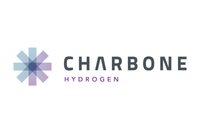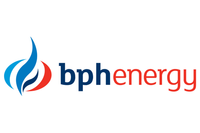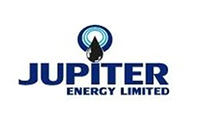The latest developments underscore a general theme from the subcontinent as it has been looking at other areas to acquire oil and gas assets overseas to meet its growing energy demand. As Asia’s third-largest oil consumer, India has been aggressively scouting for overseas gas and oil assets to meet its supply deficit and is competing with China for fields from Africa to Venezuela.
Oil & Natural Gas Corp. (BOM: 500312), India’s biggest energy exploration company, may consider bidding jointly with Vietnam Oil & Gas Group for partner British Petroleum’s (NYSE: BP) stake in a natural gas field in Vietnam to secure fuel supplies. The Indian company already has a 45 percent stake in the venture operated by BP and is seeking to boost its share of gas from the field.
On Wednesday, Oil Minister Murli Deora, who is in Vietnam on an official visit, said that India would be happy to consider bidding for an additional stake that BP may offer. BP is raising capital to pay for the Gulf of Mexico oil spill, agreed on July 20 to sell fields in the U.S., Canada and Egypt to Apache Corp. for $7 billion and plans to dispose of assets in Pakistan and Vietnam.
Jason Kenney, an analyst at ING Wholesale Banking suggested total assets for BP in Vietnam and Pakistan may be worth $1.7 billion. The Nam Con Son gas project in Vietnam is valued by the company at $1.3 billion; however UBS estimates place the asset in the $966 million range. The objective for BP is to raise about $10 billion selling assets to fund $20 billion of restitution settlements for spill victims demanded by U.S. President Barack Obama.
BP has a 35 percent share in Block 06.1 off the south Vietnamese coast, according to ONGC Videsh’s website. The Indian company sold shares in the Lan Tay field in Vietnam to BP after winning the exploration license for the area in 1988.
Since the area started producing gas in January 2003 ONGC’s share from the project was 1.848 billion cubic meters of gas in the year ended March 2009. ONGC owns two other offshore blocks in Vietnam exclusively, which are not currently producing gas or oil.
The latest developments underscore a general theme from the subcontinent as it has been looking at other areas to acquire oil and gas assets overseas to meet its growing energy demand. As Asia’s third-largest oil consumer, India has been aggressively scouting for overseas gas and oil assets to meet its supply deficit and is competing with China for fields from Africa to Venezuela.
Gas Prices and Outlook
Henry Hub natural gas prices added 0.149 cents to $4.66 per gallon as data from the most recent Energy Information Administration (EIA) report indicated natural gas in storage rose as expected to approximately 51 billion cubic feet since last week.
The profit from making gasoline may slide to the lowest level in 10 months as faltering U.S. consumer growth hurts refiners that have boosted production in anticipation of an economic rebound. These profits are now being reduced by declining factory production and consumer confidence at the lowest level in a year. The Standard & Poor’s 500 Index, which commodities in general have tracked as it fluctuated on the pace and expectations of recovery, declined 1.2 percent last week. Yesterday it fell an additional 1.3 percent after Federal Reserve Chairman Ben Bernanke told the Senate Banking Committee that the U.S. “economic outlook remains unusually uncertain.”
According to James Cordier, president of futures brokerage Liberty Trading Group suggests that crack spreads on gasoline, the difference between what producers pay for crude and how much they get for the refined fuel, are poised to drop as much as 75 percent in coming months. These margins, were down 46 percent from the 15-month high of $18.77 on May 13, based on futures prices of $10.07 today on the New York Mercantile Exchange. In September 2009, they reached a low of $2.23.
The Department of Energy (DOE) indicates that refiners have accelerated output by 11 percent since the end of March on forecasts of escalating demand, driving stockpiles to a two-month high as of the week ended July 16. Supplies of gasoline increased 1.1 million barrels in the week ended July 16 to 222.2 million, an 11 week high, according to the Energy Department.






